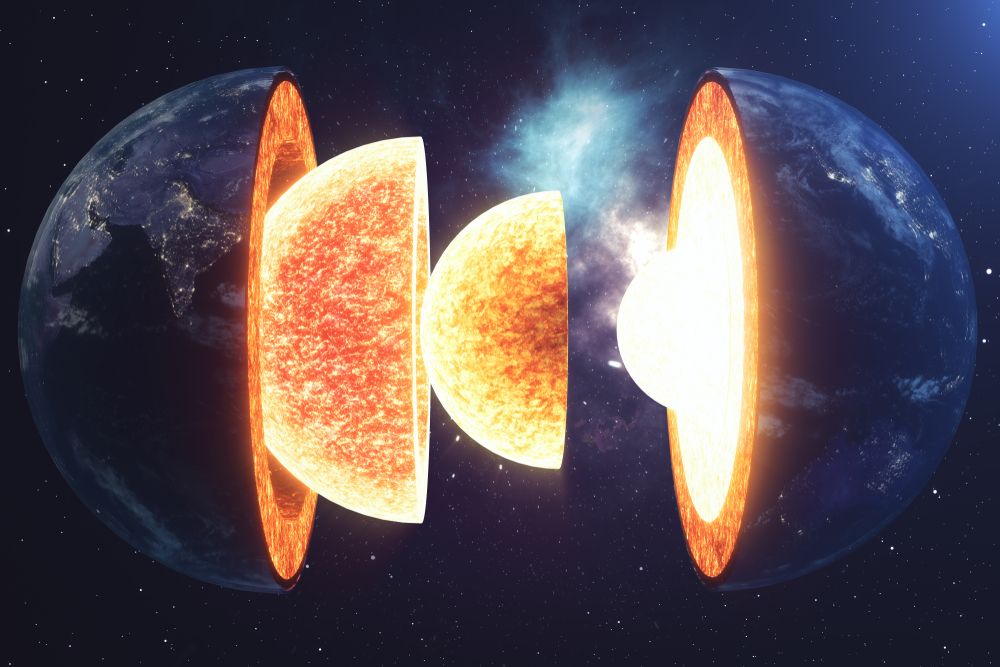
Jan 20, 2021
1 min, 13 secs
Ancient fragments of Earth's crust acted as 'seeds' for new crust to grow from. Around 3 billion years ago, Earth's crust ballooned during a massive growth spurt, geoscientists have found.At that time, just 1.5 billion years after Earth formed, the mantle — the layer of silicate rock between the crust and the outer core that was more active in the past — heated up, causing magma from that layer to ooze into fragments of older crust above it.
Those fragments acted as "seeds" for the growth of modern-day continents.
The researchers found evidence for this growth spurt hiding in ancient zircon crystals in stream sediments in Greenland.These extremely durable crystals — made up of zirconium silicate — formed during the growth spurt around 3 billion years ago. .
Before this massive growth period, Earth's ancient crust was much thinner and weaker than it is today. The evidence for this growth spurt appeared ingrains of zircon crystals, less than 100 microns in size (less than the width of a human hair), that had been eroded from rocks and accumulated within stream sediments in West Greenland. .By dating the isotopes — versions of elements with a different number of neutrons in each atom — within each "ring," they found that the crystals were made up of ancient (4 million-year-old) and newer (3 million-year-old) crust.This supported their hypothesis that older crustal fragments acted as seeds for newer crust to form. .
"It's all about understanding how these formative little bits of crust that we live on have developed," Kirkland said